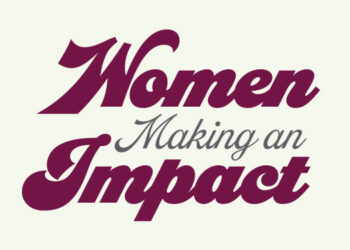Most experts believe that our industry is evolving more rapidly than during any time in recent history. Where is business and the fitness industry going? How do we predict the future, respond and get to a solution ahead of everyone else?
Let’s look at some of the key indicators, including the fact the economy is going to grow at a slow level for years to come.
1. We are yet to find a way to increase the percentage of people using health clubs.
2. The business model of clubs offering weight and cardio equipment and showers for $10 per month is growing and taking an increasingly higher percentage of the market.
3. No-obligation memberships are becoming the norm.
4. The $10-a-month business model has underestimated the initiative of its members to terminate, even at such a low rate. Profitability at these types of clubs is under pressure due to high terminations, labor for customer service and the cost of new equipment and facilities as they transition from a new startup to a more mature business.
5. The very high-end clubs that provide tremendous facilities, excellent customer service, activities for the family, top-notch instructors and trainers, a wide variety of classes, pools, courts, and snack bar or restaurants, along with the prestige in town of being a member, will continue to maintain the niche they have carved out and be profitable.
6. The 20,000- to 60,000-square-foot facilities that charge $45 to $75 per month will be under tremendous economic pressure to stay in business. They will have low revenue per square foot, receive resistance from members to pay for six to eight fitness options when they are only using one or two, have difficulty keeping state-of-the-art maintenance on equipment and facilities, and will face difficulty paying to convey excellent customer service from their employees.
7. A new business model is evolving. This model is the reciprocal of the $10-a-month clubs. The reciprocal consists of group exercise room(s), personal training and a small front desk area. This includes the cross training, Zumba, core building and Pilates or yoga studios.
What trends in business methodology and practices will we need to initiate to stay ahead of the curve, not only to stay in business, but to carve out a bigger market share and be more profitable?
1. The 20,000- to 60,000-square-foot facility is going to get creative. They may need to subdivide the six to eight fitness areas, and charge a separate rate for each one. This model will need to focus on providing results to members.
2. The front desk process must become extremely streamlined for the smaller clubs — their entire capacity is coming in on the hour, each hour from 5 p.m. to 8 p.m.
3. Clubs need to take advantage of on-line sign ups and purchasing of paid classes and personal training to create an additional revenue stream.
4. Front desk kiosks or online joining on a tablet or from a club’s website in the front lobby will be necessary.
5. Managing your business with great reports and incrementally increasing revenue, while decreasing expenses, is paramount.
Our industry is evolving and success will be predicated on how well clubs adapt to the ever-changing and dynamic customer requirements. All of these aspects of your business can’t be managed manually, and unfortunately, many management software companies are not integrated or capable of solving these issues. Your success is contingent on teaming up with a company that understands and is on the cutting edge of providing solutions to these issues. The winners will be the facilities that proactively provide the solutions to the members of the fitness industry.
David Porter has been a sales consultant at Twin Oaks Software Development for many years. Previously he ran several businesses, including Suburban Athletic Club outside of Boston, which he co-owned and operated for 10 years. He can be reached at 860.829.6000 or dporter@tosd.com.
Stay ahead in the fitness industry with exclusive updates!
David Porter has been a sales consultant at Twin Oaks Software Development for many years. Previously he ran several businesses, including Suburban Athletic Club outside of Boston, which he co-owned and operated for 10 years. He can be reached at 860.829.6000 or dporter@tosd.com.










